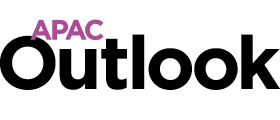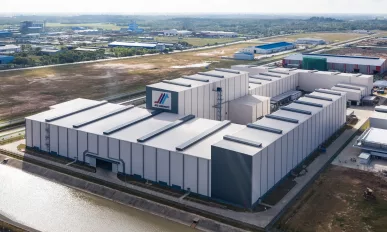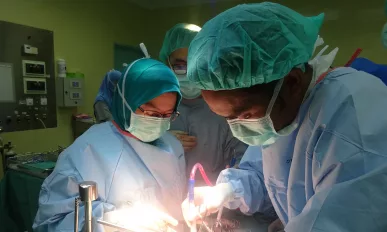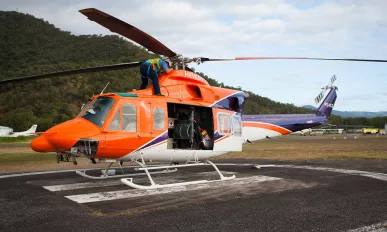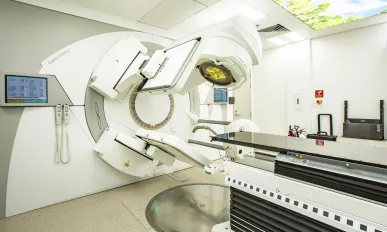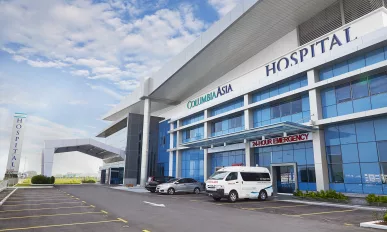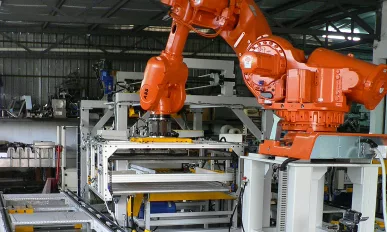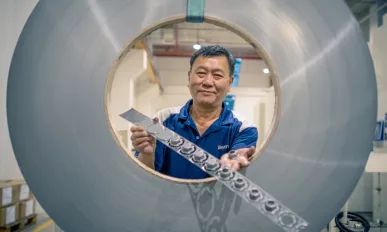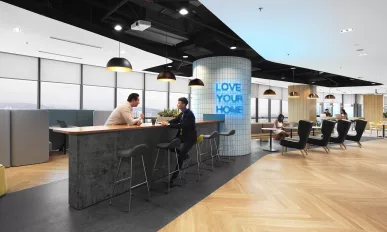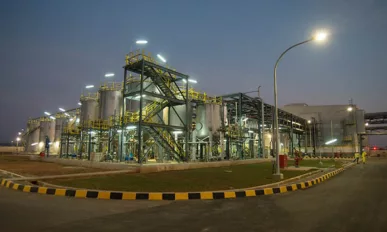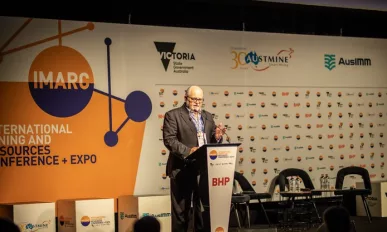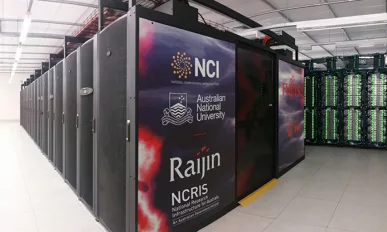Issue 42
Probuild : Transforming Ideas into Cities
Probuild has been creating major projects for clients across Australia for the past three decades, its success built on a quality-first approach to construction.
JFE Meranti : Made of (Quality) Steel
JFE MERANTI was set up with a clear mission in mind – to elevate standards in Myanmar’s building industry by providing products based on endurance and long-term affordability.
Hospital Canselor Tuanku Muhriz : Better, Faster, Friendlier
By embracing new technologies and patient-centricity, Hospital Canselor Tuanku Muhriz is helping to uphold the best-in-class reputation of Malaysia’s world-renowned healthcare industry.
Hevilift Group : Reaching the Unreachable
Hevilift Group continues to fly to far-flung corners of the Asia Pacific region, meeting the needs of remote industry with its best-in-class, bespoke aviation services.
FV Hospital : Provision with Pride
FV Hospital proudly stands as a standard-bearer for Vietnam’s private medical sector, its French founder never looking back having relocated and discovered a love for the nation.
Columbia Asia Group of Companies : Passion for People
Columbia Asia continues to provide efficient, affordable private healthcare services to patients across its 29 hospitals, the backbone of its operation being a team of impassioned, empowered people.
CHENG HUA Engineering Works : Champions of Change
Embracing the innovations provided by industry 4.0 technologies, CHENG HUA Engineering Works is successfully meeting the demand for sophisticated materials handling solutions the world over.
Beyonics : A Tale of Transformation
24 satellite operations turned five flagship facilities of precision engineering excellence, Beyonics has consolidated its position as a leading light of Asian manufacturing.
Aikchol Hospital : At the Heart of Healthcare
Aikchol Hospital, an organisation driven to apply international medical expertise on a local level, is proof that Thailand’s private hospitals are broadening access to critical healthcare services across the country.
Ai Associates : Designing Dreams
Having pursued his own dream to start his own interior design business, Jeff Choo and Ai Associates are helping people to live better, work better and play happier.
An Interview with Dr Felix Guerzoni of Shell Lubricants Asia Pacific
Dr Felix Guerzoni of Shell Lubricants Asia Pacific talks to us about economic growth, digitisation, and plugging the skills gap.
Philippines Travel Guide : Exploring 7,000 Islands
We speak to Hotel and Restaurant Association of the Philippines to discover the most exciting places to visit across its islands.
A look inside this year’s edition of IMARC
The sixth annual edition of the International Mining And Resources Conference & Expo (IMARC), which took place October 31, 2019, reached new highs in the mining sector. Here, Anita Richards, Managing Director of IMARC, gives us the lowdown.
Telstra : Advice for Businesses Looking to Expand in Asia
Telstra talks to us about the expansion of UK businesses within Asia, from infrastructure to security to future opportunities.
Fujitsu: Inside Australia’s Largest Supercomputer
Outlook Publishing catches up with Mike Foster, CEO of Fujitsu Australia & New Zealand, to find out more about the supercomputer project and what it means for the organisation.
Mastercard : Dealing with the Complexity of Data Protection
We speak to Derek Ho, Assistant General Counsel, Privacy and Data Protection, Law, Franchise and Integrity (LFI) for Mastercard Europe, Asia Pacific and Middle East Africa.
